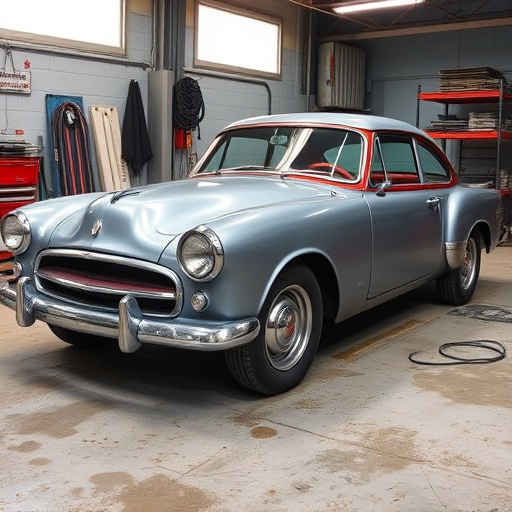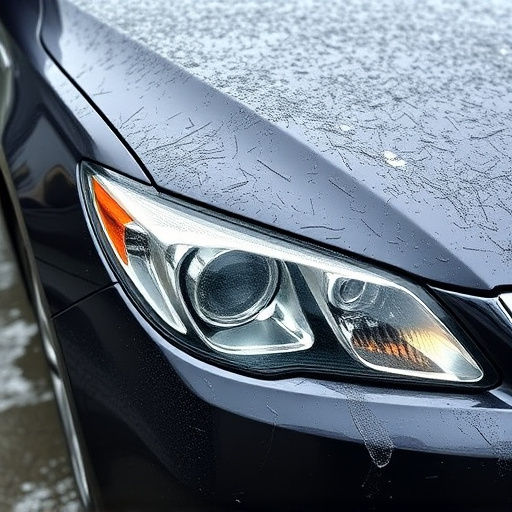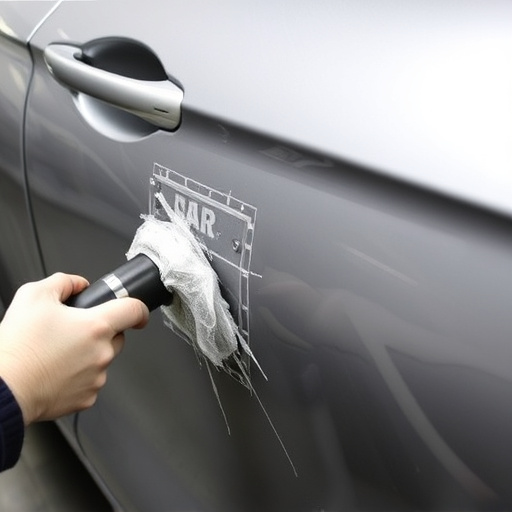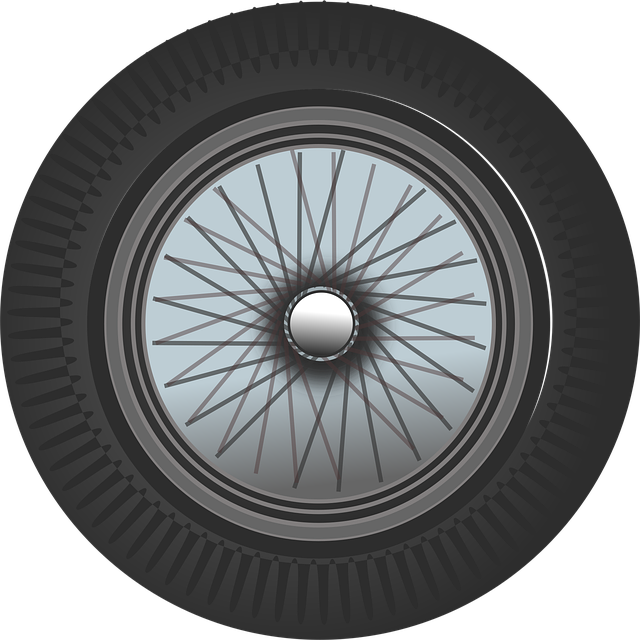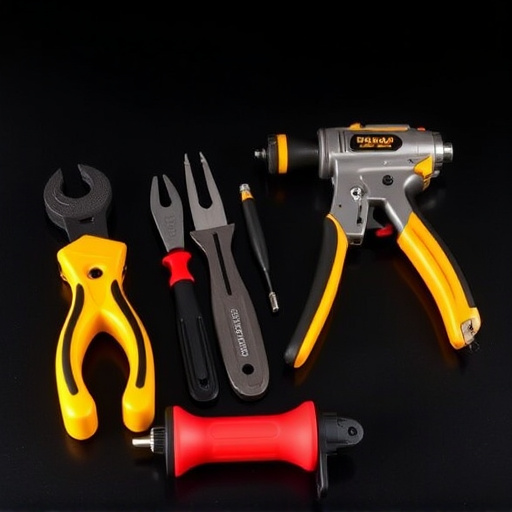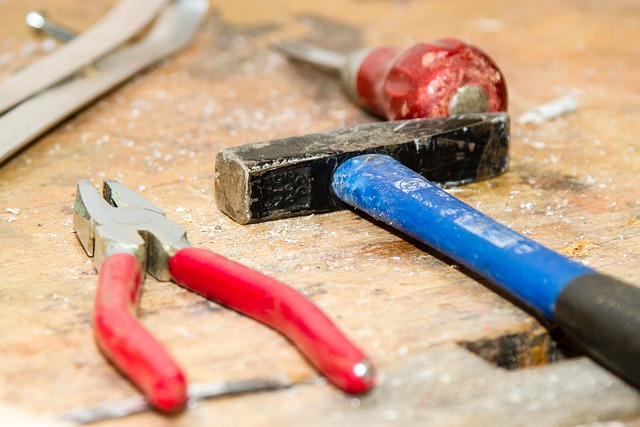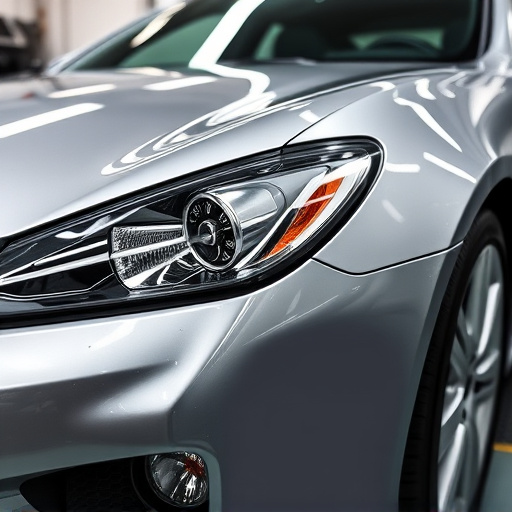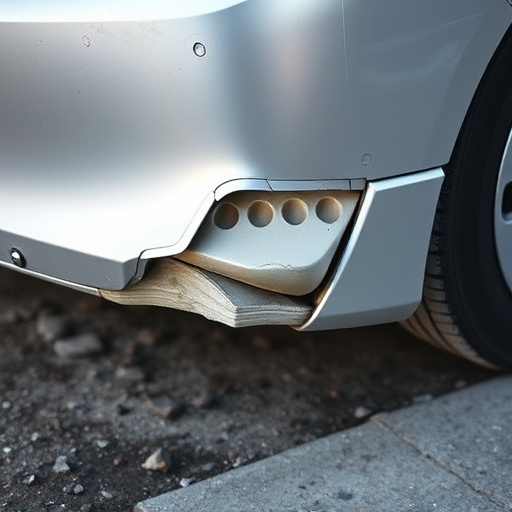Pressure testing is a crucial step in cooling system collision repair, simulating real-world conditions to ensure components like radiators, hoses, and coolants can withstand high pressure. This method identifies potential leaks or weaknesses, verifying the system's functionality and preventing overheating or catastrophic failure. A thorough pressure test offers peace of mind, ensuring the cooling system is ready for the road and maintains efficient temperature regulation during operation, particularly vital for high-end vehicles like Mercedes Benz models. Adhering to best practices and safety protocols enhances vehicle reliability and quality in cooling system collision repair.
Pressure testing plays a pivotal role in the precision and safety of cooling system collision repair. This critical process ensures that replacement parts not only fit seamlessly but also maintain optimal performance and efficiency. By simulating driving conditions, pressure testing uncovers potential leaks, weaknesses, or discrepancies, allowing technicians to make informed decisions. This comprehensive guide delves into the intricacies of pressure testing in cooling systems, highlighting its key benefits and best practices for effective collision repair.
- Understanding Pressure Testing in Cooling Systems
- Key Benefits of Pressure Testing During Collision Repair
- Best Practices for Effective Pressure Testing Techniques
Understanding Pressure Testing in Cooling Systems
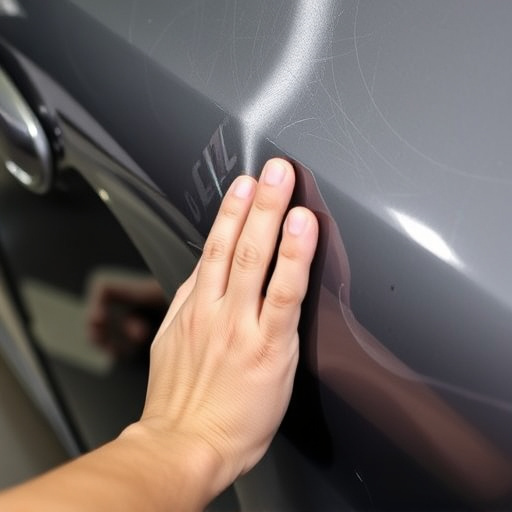
Pressure testing is a crucial step in the cooling system collision repair process. It involves examining the system’s components—radiators, hoses, and coolants—to ensure they can withstand high-pressure conditions, mimicking the real-world performance under stress. This test is essential for identifying potential weaknesses or leaks that might go unnoticed during visual inspections. By subjecting the cooling system to controlled pressure, technicians can verify its integrity and overall functionality, ensuring optimal car performance after any automotive repair services, including dent repair or car body repair.
This method is vital in the field of cooling system collision repair because it goes beyond surface-level assessments. It reveals hidden flaws or damage that could lead to overheating or even catastrophic failure of the system. A thorough pressure test provides peace of mind, assuring both vehicle owners and mechanics that the cooling system is ready for the road and can maintain efficient temperature regulation during operation.
Key Benefits of Pressure Testing During Collision Repair
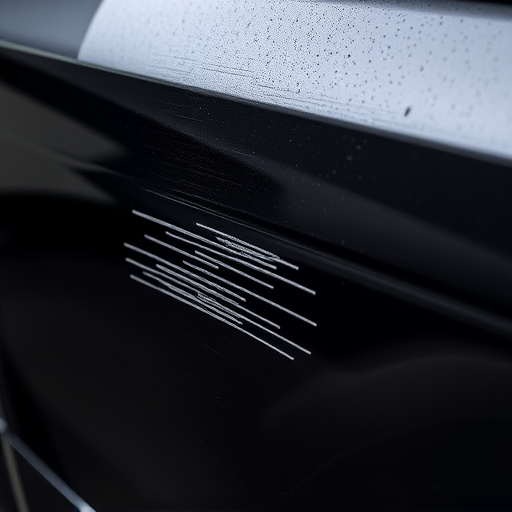
Pressure testing is a vital step in the collision repair process, especially for vehicles with intricate cooling systems like Mercedes Benz models. This method offers several key advantages that contribute to the overall quality and safety of the repair. By simulating driving conditions and applying precise pressure, technicians can uncover potential leaks or weaknesses in the cooling system, ensuring it functions optimally after repairs.
This testing is crucial for identifying hidden issues, especially in complex automotive systems. For example, during a mercedes benz repair, pressure testing can reveal subtle cracks or damage to hoses, radiators, or other components that might be difficult to detect visually. This proactive approach not only enhances the reliability of the vehicle’s performance but also provides peace of mind for owners, knowing their cooling system is in top condition following an auto body shop visit and auto glass replacement, if needed.
Best Practices for Effective Pressure Testing Techniques

In the realm of cooling system collision repair, pressure testing stands as a cornerstone of effective and safe practices. Best practices for this technique involve meticulous preparation to ensure accuracy and prevent unnecessary damage. Before initiating the test, thoroughly inspect all components for any signs of corrosion or leaks, which could skew results or compromise the integrity of the system. Utilising specialized equipment designed for automotive repair, specifically tailored pressure testing tools, is paramount to achieving precise measurements. Calibrated regularly, these instruments enable technicians in collision centers to identify even the slightest anomalies, thereby fostering a culture of meticulousness and quality control.
Implementing robust safety protocols during pressure testing is paramount, especially when dealing with potentially hazardous high-pressure scenarios. Ensuring adequate ventilation, wearing appropriate personal protective equipment (PPE), and maintaining a clear, well-lit workspace are fundamental measures. Additionally, establishing clear communication channels among team members enhances efficiency and ensures everyone’s safety. By adhering to these best practices, collision damage repair professionals not only maintain the highest standards but also contribute to the reliability and longevity of restored vehicles, reflecting positively on the overall automotive repair process.
Pressure testing is an indispensable step in the cooling system collision repair process. By understanding its significance, leveraging its key benefits, and adhering to best practices, professionals can ensure optimal performance, enhance safety, and maintain customer satisfaction in every repair job involving a vehicle’s cooling system. This meticulous approach is vital for reliable vehicle operation and longevity in the competitive automotive industry, emphasizing the paramount importance of pressure testing in cooling system collision repair.
